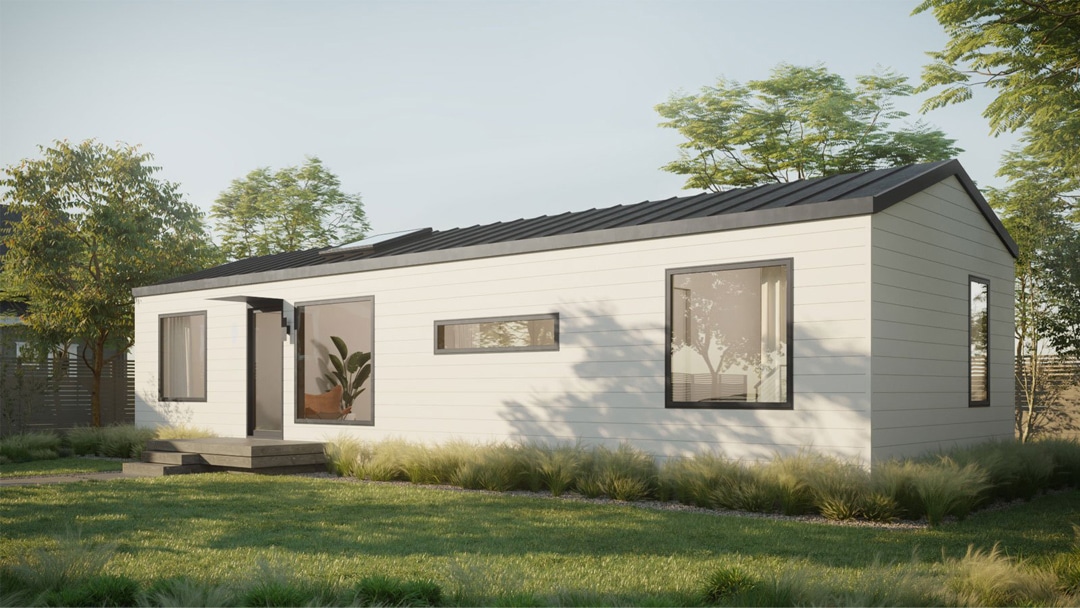
How to Save on Energy Costs Long-Term as California Heads Into a Net Zero Future
As part of Governor Newsom’s initiatives to make the state carbon neutral by 2045, the California Resources Board, which constitutes our state’s air regulators, has voted unanimously on a plan that will ban both residential and commercial gas heaters by 2030. This is also the year in which the state will likely ban new gas appliances (this has already happened in Berkeley, the first US city ever to do so). Elsewhere in the Bay Area, San Francisco now requires that all new buildings be fully electric, and Oakland has banned gas stoves in virtually all new buildings, including Oakland ADUs. It is not surprising then that new Bay Area ADU regulations have jumped on the all-electric bandwagon, or perhaps we should say, “ban-wagon.”
As part of the state’s effort to create more affordable housing, new laws in 2020 governing the creation of ADUs made it possible to allow ADUs almost anywhere, although there was also a revision in the energy code related to ADUs that made them a contributor to the state’s net zero energy conservation goals.
What this means for ADU construction criteria is that an energy design specialist is now required to review and approve design plans from an energy conservation point of view, whether we’re talking about ADU garage conversion floor plans, an ADU triplex, a junior ADU, or a detached ADU (just some examples). This also means that designers and contractors need to quickly get up to speed on how best to accommodate for and build an all-electric ADU, or plans may not be approved, and you may be faced with surprise costs to get into compliance.
Four Indispensable Items in Making an ADU All-Electric:
- Heat Pump Water Heater
- Heat Pump Mini-Split
- Induction Stove Top
- Partnering With a Bay Area ADU Specialist Like Adapt Dwellings That Will Shepherd You Through the Process
If your ADU is designed with these in mind, not only are your long-term energy savings more likely to become a reality, but so is your chance of getting your design approved.
Although you will need a water heater closet – and yes, this will take up a bit of valuable space – your ADU can be designed where its visibility and noise are minimized. Given the popularity of ADUs, the size of the water heaters may well become more compact soon. What you won’t need is to do is add a gas meter or extend a gas line to its origin, thus eliminating this additional cost.
Mini-split heat pumps are a great way to pull in hot air out of cold air, and vice versa, offering an inexpensive way to generate hot or cool air when you need it. These electric heat pumps can immediately lower energy use by as much as two-thirds compared to electrical resistance heat, so you can do the math on the savings.
Induction stoves are not at all the retro type of stoves you may have in mind. In fact, they’re quite innovative, heat and cook faster and at a lower temperature, and are more efficient than gas stoves in general. Most importantly, the residue of carbon monoxide is eliminated and air quality is vastly improved. That said, if you are looking to save money, traditional electric stovetops are also an option.
Adapt Dwellings: ADU Experts Who Are Committed to Affordable Housing and to Protecting Our Future Generations’ Air Quality.
At Adapt Dwellings, we believe that accessory dwelling units are an important part of the solution to create more affordable housing in our communities. We also know how to thoughtfully design ADUs with energy conservation top of mind and ensure that your ADU plans get approved the first time, all while being conscientious of ADU construction costs. The Bay Area’s current housing and air quality will not be solved by ADUs alone, but they offer one of the more immediately available ways to increase the supply of affordable and safe housing. They also offer one more way in which to responsibly contribute to the state’s aggressive goal of achieving net zero emissions by 2030. If you are a property owner interested in learning more about how you can achieve your desire to build an innovative and energy efficient ADU, our team is here to help.
